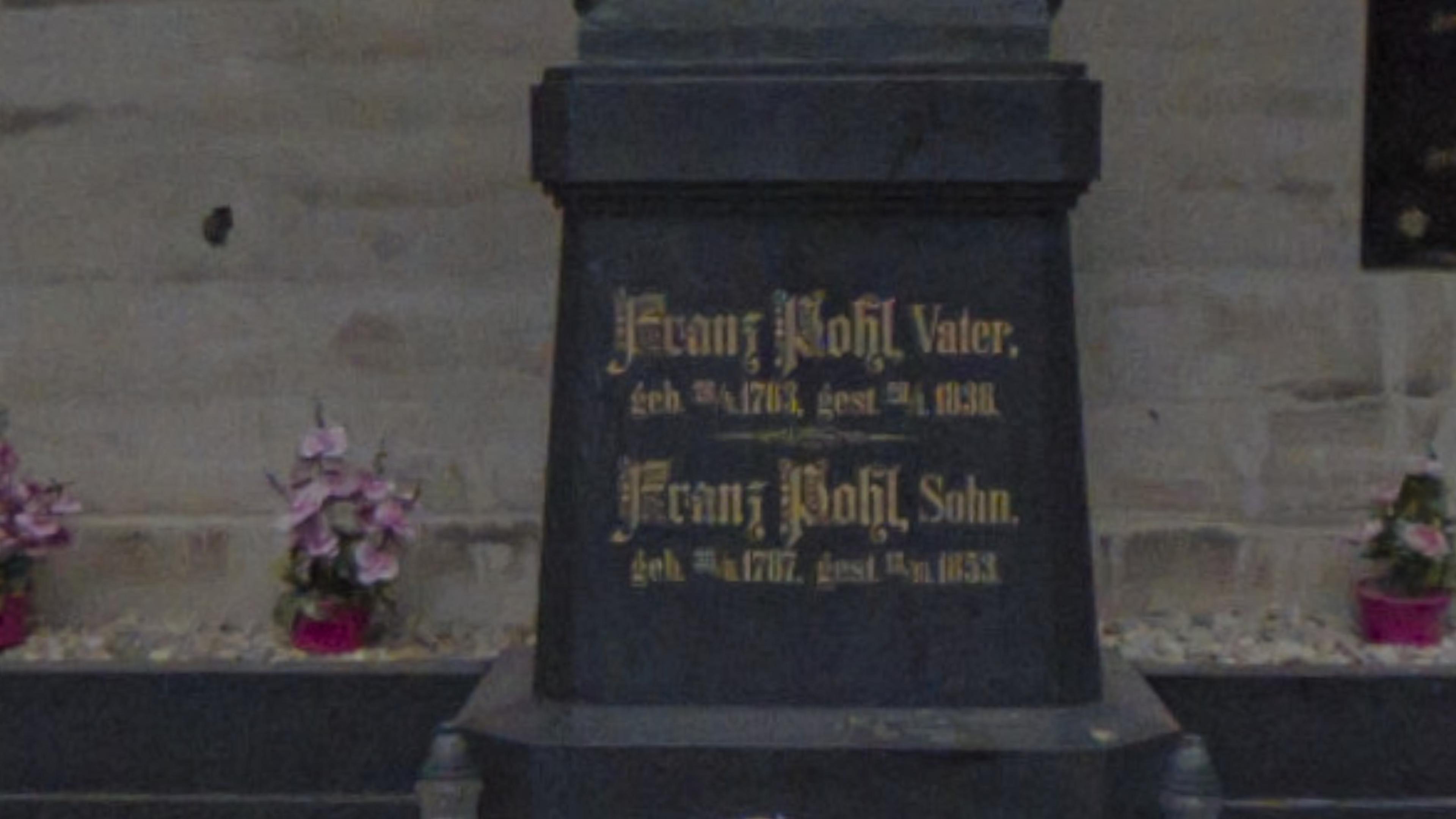360 Pano Photography
For a few years, I had been thinking about getting an Insta360 X2 Action Cam to document places (I'm not much of an action guy ;-)). With the Insta360 X5 on the horizon, the older X2 models became a bit more affordable, so I got one.
After understanding the different ways and modes to take pictures, I ended up just using the 360 mode and rendering any other formats afterward in the app, if needed.
The Insta360 app is a camera remote control, photo gallery, editor, and social network in one.
In the editor, I can do much more with videos than with just photos. For photos, I can edit colors and blur faces. What I can't do—and that’s a shame—is re-align the horizon, change the center, or remove the tripod. I can put a logo on the tripod at the nadir, but that doesn’t look great.
In photo mode, the camera works like any other digital camera with different modes:
- Automatic
- Manual
- ISO-based
- Aperture based
It can save RAW .dng files for later editing, but here comes the kicker - editing where? In the Insta360 desktop app, I can load the raw file in, move around, apply one image optimizer filter, and that's it. If I want to go "develop" the image in a raw photo editor, I can't reopen the file in the Insta360 app afterward, unless I'm performing some EXIF Voodoo. So there is no clear workflow on how to deal with that. Very unsatisfying!
Editing Outside Insta360 Apps
Editing outside the Insta360 apps is risky, because metadata might get lost and panoramic images are not recognized as what they are. But sometimes it's necessary. So here are a few gotchas.
There were Photoshop plugins in the past, and there is open-source software that deals with panoramic images. But for desktop, Affinity Photo was the best and easiest software to edit projected 360 images. That means I can navigate to the nadir and retouch it. It’s not a shot in the dark editing the distorted bottom part of the image. In Affinity Photo, I can also realign and recenter the image. The software is affordable and recommended as a Photoshop alternative.
On mobile, I found TouchRetouch a good app that loads a 360° image and lets you remove the tripod with the brush tool. The AI removal isn't working so well in this regard. Unfortunately, with these apps, you have to subscribe—and this is definitely not an app I’d use every day, so a subscription isn’t justified. You can retouch one image a day for free, but come on. I ended up (nicely) complaining to the support, and they were kind enough to send me a discount code. So the price went down from a 60 EUR/year subscription to 15 EUR. Thanks!
To recenter objects, I didn’t find anything viable. There is ReShoot 360, but the once free app is now expensive, and I wouldn’t use all the features. I found edit360 to be the perfect tool, but for some reason, it wasn’t available in the German App Store. Apparently, I bought it at some point in the past, so I was still able to access it.
For desktop, the Exif Fixer app might be helpful.
Another working way if metadata got lost, is by using the almighty EXIFTool and copy the metadata over from the source image.
exiftool -TagsFromFile "F:\DCIM\Camera01\IMG_20250916_151035_00_452.dng" -All:all "IMG_20250916_151035_00_452 - Copy.jpg"
Use FrankBijnen/ExifToolGui: A GUI for ExifTool if you don't want to mess around with the command line.
Raw Image Workflow
I think it's good advice to shoot in JPG and RAW because the internal optimization of the photos can be very destructive. I found that out by coming back with a bunch of really bad shots from a place that I wanted to document.
Workflow for Editing Insta360 ONE X2 RAW Stills
- Shoot in RAW (.dng) Use RAW for maximum detail. Avoid PureShot if you want full latitude. Insta360 Guide
- Offload files; don’t rename Copy the DNG + INSP files into a folder. These extra INSP files are needed for HDR/Night/Burst grouping. Renaming or splitting breaks Studio import. Community Note
-
Stitch in Insta360 Studio (first!)
- Import the original DNGs.
- Set horizon, stitch, and create snapshots.
- Export as 2:1 equirectangular. Depending on Studio build:
- Some allow DNG export
- Others export JPG only Insta360 RAW workflow
-
Grade in Lightroom / Photoshop
- Open the stitched 2:1 file (DNG or JPG).
- Ensure GPano XMP metadata is present:
ProjectionType=equirectangular,UsePanoramaViewer=True,FullPanoWidth/HeightPixels, etc. Google GPano spec
- Deliver & archive Export final JPG for delivery. Keep the untouched original DNG/INSP folder—you’ll need it for future snapshots or re-stitching. Insta360 Forum
(This list was compiled by ChatGPT and edited a bit to reflect my experience.)
I edited the DNG in an older Photoshop version, and when I saved the image (as a JPG or DNG), it offered to copy over all metadata, allowing me to reopen the edited file in Insta360 Studio.

Internally processed by Insta360 camera

Raw DNG file

Processed RAW file (some noise removal)
Sharing the Images
Originally, I wanted to contribute to Google Maps, but for some reason, they limited the options for getting a 360 pano into their maps. It’s still possible through the Insta360 app and other third-party services (which use Google’s Street View Publish API), but officially, they only want video.
Here’s what I found somewhat useful:
- PhotoSphereStudio – Upload 360° Photos to Google Maps – seems to work. Takes a while until the images appear on Google Maps.
- Flickr, since I use it and pay for it anyway
- Panoraven Quick Upload – for sharing an image quickly without needing an account
- Google Photos, Facebook can display 360 photos
- self-hosted Immich app
- mistic100/Photo-Sphere-Viewer: A JavaScript library to display 360° sphere panoramas. – used here on this page
- mpetroff/pannellum: Pannellum is a lightweight, free, and open source panorama viewer for the web. used in Advanced Panorama 360 Viewer one of the few usable, but to me, half-assed Pano plugins.
